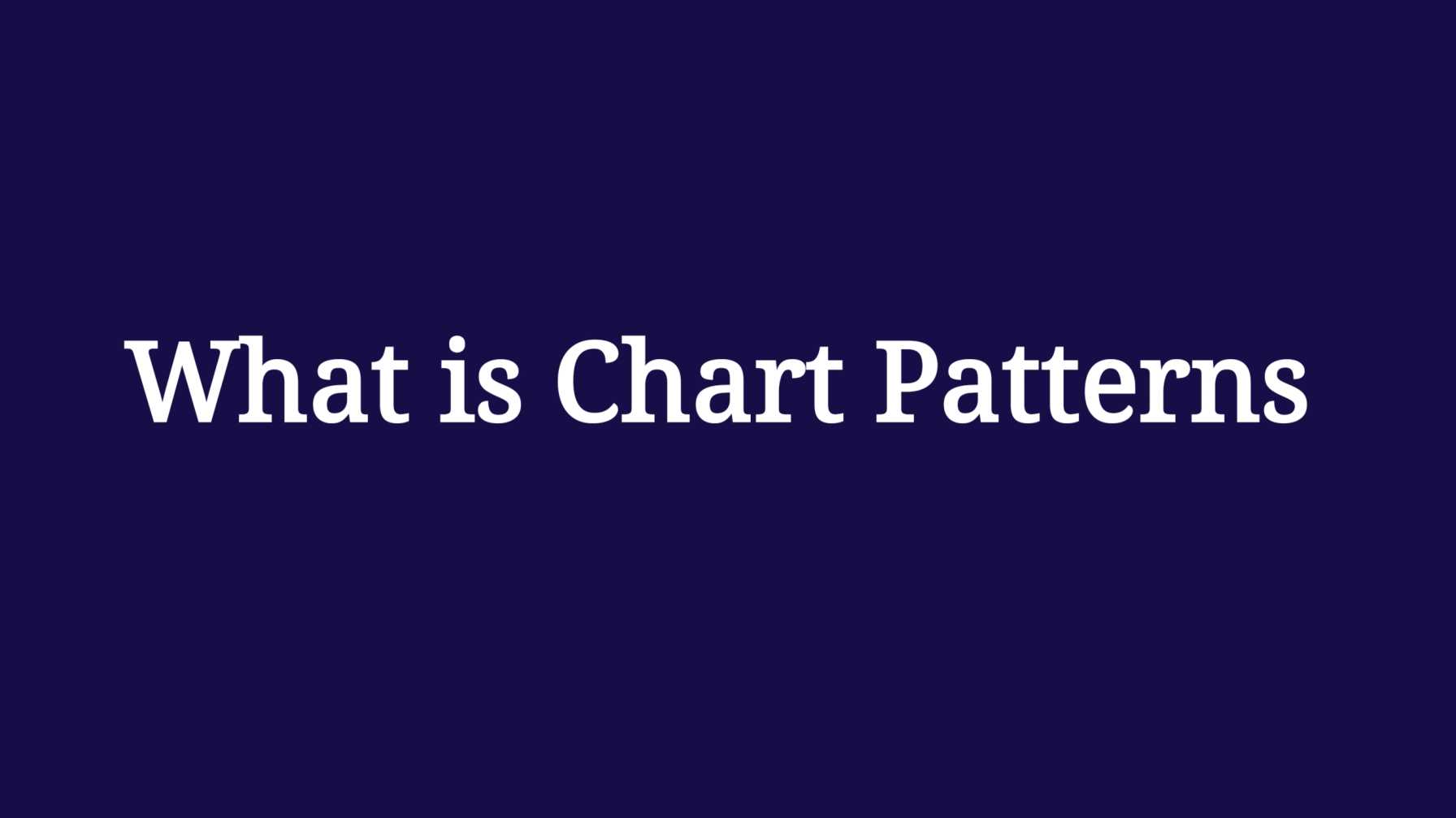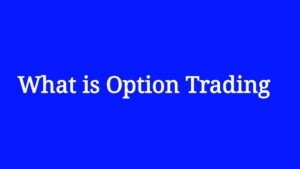Chart patterns are formations created by the price movements of an asset over time, and they are used in technical analysis to forecast future price trends. Here’s a more detailed overview:
Types of Chart Patterns
- Continuation Patterns:
- Flags: Short-term consolidation that typically occurs after a strong price movement, suggesting that the prior trend will resume.
- Pennants: Similar to flags but with converging trendlines, indicating a brief pause before the previous trend continues.
- Triangles: Can be ascending, descending, or symmetrical; they indicate that the price is consolidating and may break out in the direction of the prior trend.
- Reversal Patterns:
- Head and Shoulders: Indicates a reversal from a bullish trend to a bearish trend. It consists of three peaks: a higher peak (head) between two lower peaks (shoulders).
- Inverse Head and Shoulders: The opposite of the head and shoulders, signaling a potential reversal from bearish to bullish.
- Double Top/Bottom: A double top indicates a reversal after an uptrend, while a double bottom suggests a reversal after a downtrend.
- Rounding Bottom: A long-term reversal pattern that looks like a U shape, indicating a gradual transition from bearish to bullish.
Characteristics of Chart Patterns
- Time Frame: Patterns can form on various time frames (e.g., daily, weekly, hourly) and the significance can vary accordingly. Longer time frames tend to yield more reliable signals.
- Volume Analysis: Volume often increases when the price breaks out of a pattern, providing additional confirmation of the pattern’s validity.
- Market Psychology: Chart patterns reflect the collective behavior and psychology of market participants, showing areas of support and resistance.
How to Trade Chart Patterns
- Identify the Pattern: Use historical price data to identify the formation.
- Confirm with Volume: Look for increased volume during breakouts to confirm the pattern.
- Set Entry and Exit Points: Determine where to enter the trade, set stop-loss levels, and establish profit targets based on the pattern’s characteristics.
- Risk Management: Always use risk management strategies to protect your capital.
Limitations
- False Breakouts: Not all patterns result in the expected outcome; some may lead to false signals.
- Subjectivity: Different traders may interpret patterns differently, leading to varying conclusions.
- Market Conditions: Economic events or news can impact price movements, making patterns less reliable in volatile markets.
Understanding and effectively using chart patterns can enhance trading strategies, but it’s essential to combine them with other technical indicators and sound risk management practices.



